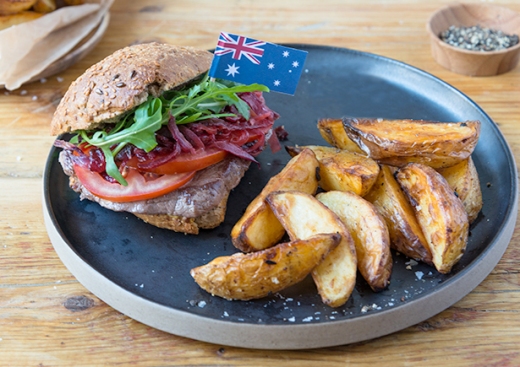Burberry has not only reinvented itself, it's become a case study in digital marketing to Millennials (and beyond). Thanks in large part to this enterprise-wide digital initiative--driven by marketing priorities--Burberry has
tripled its turnover in less than 10 years.
The company continues to integrate its online and mobile marketing with brick-and-mortar store retailing. For example, when a shopper steps into a Burberry store, salespeople are ready with iPads to tap into the database and see every contact that shopper has had with the company, whether online or in a store or by phone. This allows continuity of experience and customisation of offers.
The stores have digital touches everywhere, from giant media screens to
personalised mobile messages leading shoppers to specific product displays or departments. Knowing its customers tote gadgets, Burberry uses 'beacon' technology to sense mobiles and tablet computers as shoppers enter a store and send out messages if customers have opted into the system.
Burberry pays special attention to the in-store experience, because so many customers enjoy checking out the latest fashions firsthand before making a purchase. Inside and out, the stores must reflect the
brand and amplify its image--which is even more important for digital buyers viewing web sites or social media, of course. Targeting Tokyo hipsters, Burberry recently opened a glittering
new branch in the heart of the fashionable, tree-lined Omotesando district. From the eye-catching exterior to the digital displays to the new styles, this is definitely not the stodgy old Burberry of the past.
Burberry is highly social: Its
FB page has 18 million likes, its
Twitter account has 3.4 million followers and its
Pinterest boards have 121,000 followers. Check them out!
 You've seen them--those overdone, ridiculous holiday jumpers that make you smile even as you shake your head at their ticky-tacky look.
You've seen them--those overdone, ridiculous holiday jumpers that make you smile even as you shake your head at their ticky-tacky look. 






